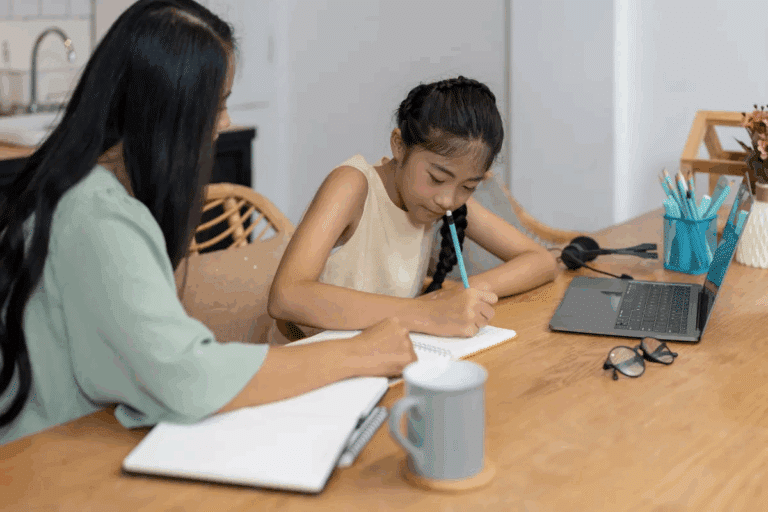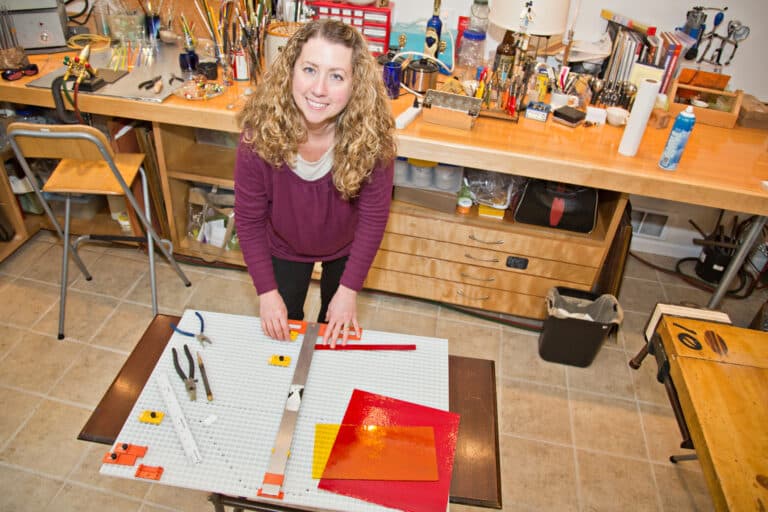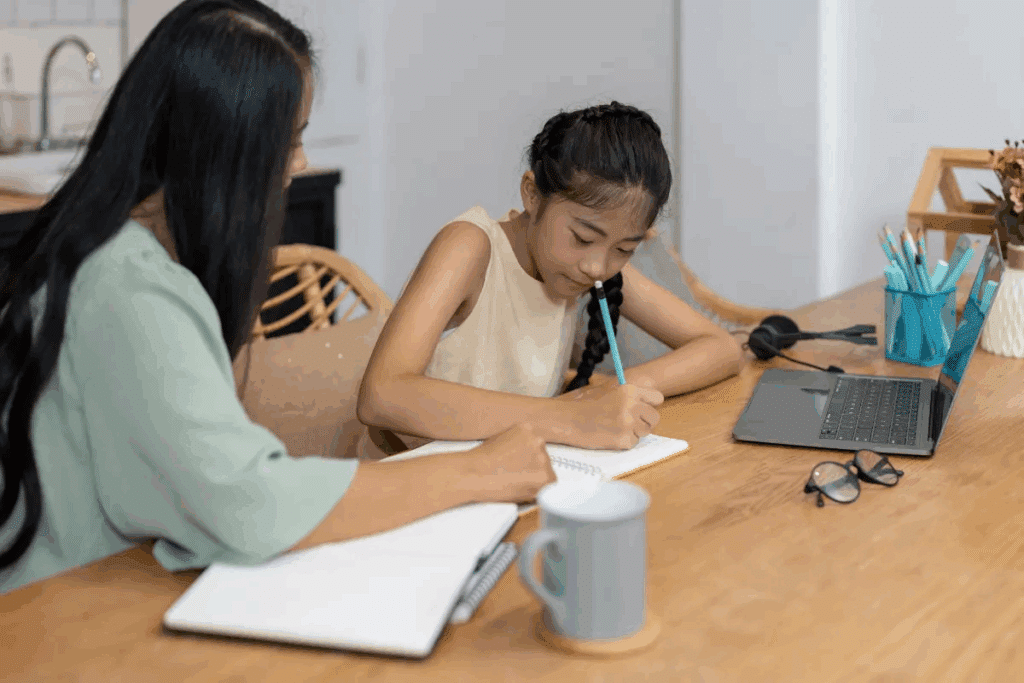The humble whiteboard has quietly revolutionized how we learn and teach. What started as a simple writing surface has become the ultimate playground for creative minds and interactive education.
Teachers worldwide are finding that the magic happens when students step away from their desks and gather around that clean, white canvas.
These games change passive learners into active participants. They spark collaboration, ignite creativity, and make even the most challenging concepts stick.
From quick brain teasers to complex problem-solving adventures, whiteboard games turn any classroom into a dynamic learning environment where education feels more like play than work.
Overview of Whiteboard Games
These are interactive activities that use a whiteboard as the primary tool for learning and engagement. These aren’t your typical board games moved to a vertical surface.
Instead, they’re vigorous exercises where participants write, draw, solve problems, and collaborate in real-time. The whiteboard becomes a shared space where ideas flow freely and learning happens naturally.
The benefits go far beyond entertainment. These games enhance creativity by encouraging visual thinking and spontaneous ideas. They promote teamwork, as most activities require collaboration and effective communication.
Learning becomes memorable because students actively participate rather than passively absorb information.
Additionally, they cater to different learning styles; visual learners see concepts unfold, kinesthetic learners move around, and auditory learners discuss solutions aloud.
Innovative Whiteboard Games for Interactive Learning

These interactive games encourage creativity, teamwork, and problem-solving, while making lessons more fun and memorable for students of all ages.
1. Whiteboard Pictionary
A fun drawing and guessing game where one student draws an item related to a topic, and others think of the word. It’s excellent for building vocabulary and encouraging quick thinking.
- Materials Required: Whiteboard, markers
- How to Play: Divide the class into teams and give each team a word to draw.
2. Word Association Race
In this game, a single word is written on the whiteboard, and students must quickly write a related word, thereby forming a chain of associations. It helps develop creative thinking and vocabulary skills.
- Materials Required: Whiteboard, markers
- How to Play: The first student writes a word; the next one adds an associated word.
3. Math Bingo
Math Bingo is a fun way to practice math facts, where students answer math problems to mark their Bingo cards. It’s engaging and competitively reinforces problem-solving skills.
- Materials Required: Whiteboard, Bingo cards, markers
- How to Play: The teacher writes math problems, and students solve them to mark off squares.
4. Spelling Bee Challenge
In this whiteboard version of the classic Spelling Bee, students take turns writing the spelling of a word. It’s an interactive way to reinforce spelling and improve word recognition.
- Materials Required: Whiteboard, markers
- How to Play: Call out words, and students write them on the whiteboard.
5. Hangman Relay
This version of Hangman involves teams working together to guess a hidden word as students guess letters, the team collaborates, promoting teamwork and problem-solving.
- Materials Required: Whiteboard, markers
- How to Play: One team member writes a word with blanks; others guess letters.
6. Whiteboard Jeopardy
In this classroom adaptation of Jeopardy, students select a category and answer questions by writing their responses on the whiteboard. It’s a fun way to review various subjects.
- Materials Required: Whiteboard, markers, pre-made questions
- How to Play: Divide students into teams and have them choose categories and answer questions.
7. Tic-Tac-Toe Equation
This is a math twist on the classic Tic-Tac-Toe game. Students solve math equations to place X’s or O’s on the board. It enhances math skills in a fun, competitive format.
- Materials Required: Whiteboard, markers
- How to Play: Solve equations to mark X’s or O’s on a Tic-Tac-Toe grid.
8. Brainstorming Blitz
This fast-paced game involves writing as many related words or ideas as possible on the whiteboard within a given time frame. It encourages quick thinking and creativity in groups.
- Materials Required: Whiteboard, markers
- How to Play: Set a timer for each round and ask students to write words related to a theme.
9. Sentence Scramble
In this game, words are scrambled on the whiteboard, and students must unscramble them to form a sentence. It’s excellent for practicing sentence structure and grammar skills.
- Materials Required: Whiteboard, markers
- How to Play: Write scrambled words on the board and have students rearrange them into a sentence.
10. Two Truths and a Lie
In this game, students write two truths and one false statement on the board, and others must guess which one is the lie. It builds critical thinking and encourages conversation.
- Materials Required: Whiteboard, markers
- How to Play: Write two factual statements and one false one on the board for others to guess.
11. Story Building Circle
Students work together to build a story, with each student adding a sentence. The story is written on the whiteboard, creating a fun, collaborative learning experience.
- Materials Required: Whiteboard, markers
- How to Play: Each student adds a sentence to the growing story on the board.
12. Word Ladder Challenge
Students create a word ladder by changing one letter at a time to form a new word. This game improves spelling and vocabulary while enhancing cognitive skills.
- Materials Required: Whiteboard, markers
- How to Play: Start with one word and change one letter at a time to make new words.
13. Memory Match-Up
In this game, students match words or images written on the whiteboard to their corresponding definitions. It’s great for visual learners and reinforces vocabulary retention.
- Materials Required: Whiteboard, markers
- How to Play: Write words on one side of the board and their definitions on the other for students to match.
14. Speedy Solve
This competitive game involves solving math problems or puzzles as quickly as possible. Students race to write the correct answer on the whiteboard, helping them practice under time pressure.
- Materials Required: Whiteboard, markers, timer
- How to Play: Give students a problem and set a timer; they race to solve it first.
15. Category Craze
In this game, students pick a category and quickly list words that belong in that category on the whiteboard. It helps students organize thoughts and learn new vocabulary.
- Materials Required: Whiteboard, markers
- How to Play: Choose a category and set a timer for students to list as many related words as possible.
16. Grammar Goof-Up
Players correct a sentence filled with grammar, punctuation, or spelling errors written on the whiteboard. It’s a race to see who can spot and fix the most mistakes in the shortest time possible.
- Materials Required: Whiteboard, markers, a list of pre-prepared error-filled sentences
- How to Play: Write a flawed sentence on the board. Players race to identify and correct as many errors as possible. Points are awarded for each correct fix.
17. Fact or Fiction
Players write a statement on the board that could either be true or made up. The group guesses whether it’s fact or fiction before the player reveals the correct answer and explanation.
- Materials Required: Whiteboard, markers, a list of interesting facts
- How to Play: Each player writes one “fact.” Others guess if it’s true or false. The player reveals the answer and, optionally, shares background information.
18. Whiteboard Sudoku
A simplified 4×4 or 6×6 Sudoku puzzle is drawn on the whiteboard. Players collaboratively or competitively fill in the missing numbers using logic and deduction while racing against time.
- Materials Required: Whiteboard, markers, pre-designed Sudoku puzzles
- How to Play: Draw the puzzle grid on the board. Players take turns or work in teams to fill in the correct numbers without breaking Sudoku rules.
19. Quick Sketch Showdown
Two players face off in a timed sketching duel, each drawing the same prompt on the board. The group votes on which drawing best represents the idea or is most creative.
- Materials Required: Whiteboard, two markers, prompt cards, or a list
- How to Play: Call two players. Give a prompt and a timer. Both draw at once. The group votes on which sketch is more effective or fun.
20. Definition Duel
A rare or unusual word is given, and players write their definitions alongside the real one. The group votes on which definition they believe is the most accurate. Great for vocabulary fun.
- Materials Required: Whiteboard, markers, dictionary, or vocabulary list
- How to Play: One person provides a word. Others write fake definitions. Mix in the real one. Players vote on what they think is correct.
21. Alphabet Avalanche
Players race to write words in alphabetical order within a chosen category. Each word must begin with the next letter of the alphabet. The first to finish the sequence wins the round.
- Materials Required: Whiteboard, markers, category list
- How to Play: Announce a category. Players list items from A to Z. The Game ends when a full sequence is complete or time runs out. Judge for correctness.
22. Symbol Cipher
Players decipher a message on the whiteboard, which is written with symbols replacing letters. They must use pattern recognition and reasoning to decode the message faster than the opposing team.
- Materials Required: Whiteboard, markers, pre-made ciphers or symbol codes
- How to Play: Display the encoded message. Provide or hide the symbol key. Players decode letter-by-letter. The first person to decipher the entire message wins the round.
23. Guess the Grid
A mystery grid of categories or icons is drawn on the whiteboard. Teams pick squares to reveal hidden challenges or questions, answering them to earn points or unlock bonus tasks.
- Materials Required: Whiteboard, markers, prepared grid with tasks or clues
- How to Play: Draw a grid with labeled squares (e.g., A1, B2). Teams choose squares, complete tasks, or answer trivia. Keep track of scores to determine winners.
How to Maximize Engagement in Whiteboard Games
To maximize engagement, incorporate variety and quick-paced activities that cater to different learning styles.
Encourage friendly competition, use digital tools when possible, and make the games relevant to the lesson to keep students actively involved and motivated throughout.
Incorporating Technology
Digital whiteboards change traditional games into multimedia experiences. Interactive boards let students manipulate objects, play videos, and access online resources instantly.
Encouraging Competition and Collaboration
Balance is everything. Create mixed teams with varying skill levels so everyone contributes meaningfully. Rotate leadership roles during games to prevent one player from dominating.
Adapting Games for Remote Learning
Virtual games require creative adjustments. Breakout rooms become team spaces for planning strategies. Students can share screens to present solutions.
Tips for Teachers to Effectively Implement Whiteboard Games
Maintain high energy by rotating participants frequently and celebrating both creative thinking and correct answers. Use timers to maintain pace and assign clear roles to each team member during activities.
- Set up anticipation with mysterious game introductions
- Call on quiet students by name to encourage participation
- Use dramatic countdowns and sound effects for excitement
- Design 5-minute filler games for unexpected free time
- Take photos of student work for portfolio documentation
- Note which students struggle with specific concepts
- Use exit tickets asking students to reflect on their learning
Conclusion
Whiteboard games aren’t just activities; they’re catalysts for change. They turn silent classrooms into buzzing hubs of collaboration and findy.
Students who once sat passively now jump up to solve problems and share ideas with genuine enthusiasm.
The beauty lies in their simplicity. No expensive equipment, no complicated setups. Just a board, some markers, and the willingness to let learning unfold organically.
These games prove that the most effective educational tools often come from reimagining what we already have.


















